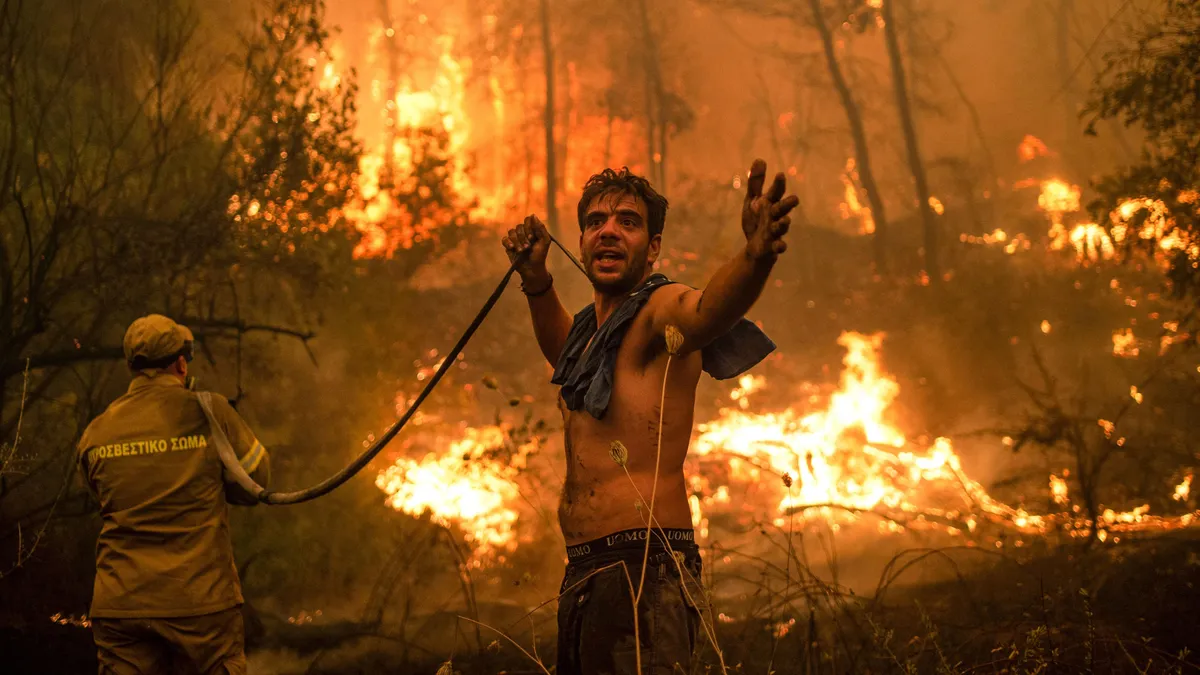
Global climate crisis: the planet is on the verge of irreversible changes
A study by German physicists and oceanographers warns that if global warming continues, the El Niño climate phenomenon may be approaching a critical point in the coming decades, after which its effects will become irreversible.
Climate model CESM1 warns that El Niño is approaching its tipping point: the consequences of rising temperatures could be catastrophic
Scientists from the University of Cologne and the GEOMAR Helmholtz Center for Ocean Research in Kiel used the CESM1 model to analyze the future consequences of current greenhouse gas emissions.
The study, led by Tobias Bayr, Stephanie Fiedler and Joke Luebbeke and published in the journal Geophysical Research Letters, found that at current rates of carbon dioxide emissions, the average temperature on Earth could increase by 2.9°C by 2100. If temperatures continue to rise beyond 2100 to 3.7°C, the world could reach a point of no return when El Niño becomes an extreme event.
El Niño is a climate phenomenon in which heat in certain parts of the ocean causes changes in weather patterns, leading to increased rainfall in some regions and droughts in others. Recent years have seen an increase in the frequency and intensity of such events. While extreme El Niño events used to occur about eight to nine times a century, the study shows that as global temperatures rise, their frequency may increase significantly.

Using the CESM1 climate model, scientists combined historical data and previous research to simulate temperature rise scenarios.
The study found that if temperatures continue to rise to 3.7°C, extreme events will occur every four years by 2100. Such changes could cause the Gulf Stream to shift southward, leading to a marked reduction in rainfall in Canada and the northern regions of the United States, while increasing rainfall in the southern states of the country. The limit of no return for El Niño implies that even if humanity stops climate change, a return to normal climate will take several centuries. This forecast highlights the urgent need to reduce greenhouse gas emissions to avoid catastrophic climate impacts.
Comprehensive Climate Change Plan: Key Actions to Avert Disaster
In the face of increasing climate threats and extreme weather events, the global community is faced with an urgent need to take urgent and effective steps to avoid the devastating consequences of climate change. Understanding the scale of the problem and taking a holistic approach to solving it are becoming critical to preserving the planet.
Avoiding catastrophic climate impacts requires a comprehensive approach covering several key aspects. First, we need to significantly reduce carbon emissions and other greenhouse gasses. This can be achieved through a transition to sustainable energy sources such as solar and wind power, as well as by improving energy efficiency in the industrial and domestic sectors. National governments must implement strict environmental regulations and incentives for the adoption of environmentally friendly technologies.
Second, the transport sector, which is a significant source of emissions, needs to be reformed. The transition to electric vehicles, the development of public transport and the introduction of cleaner technologies in aviation and shipping can significantly reduce emissions.

Third, active involvement in global climate agreements and initiatives is needed. Countries must coordinate their actions and work together to achieve international temperature reduction goals. Supporting programs for reforestation, ocean protection and sustainable agriculture will also be critical to combating climate change.
Finally, education and public engagement on climate change will help stimulate action at the individual consumption level. Reducing your carbon footprint through conscious consumption and promoting environmentally friendly practices also contributes to an overall improvement in the climate situation.
Implementing these measures requires a coordinated effort from governments, businesses and citizens. Only through joint action can we prevent catastrophic consequences and ensure a sustainable future for the planet.